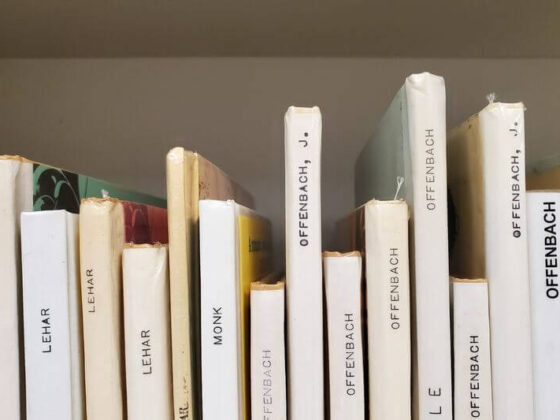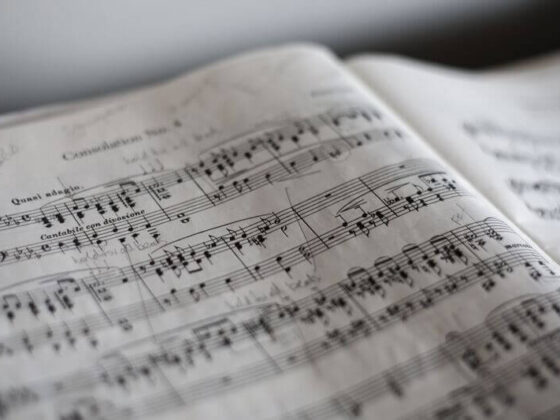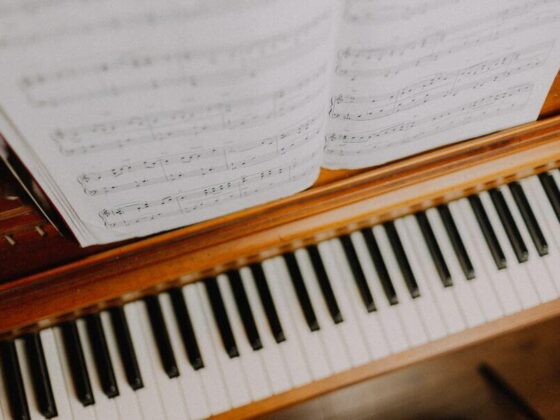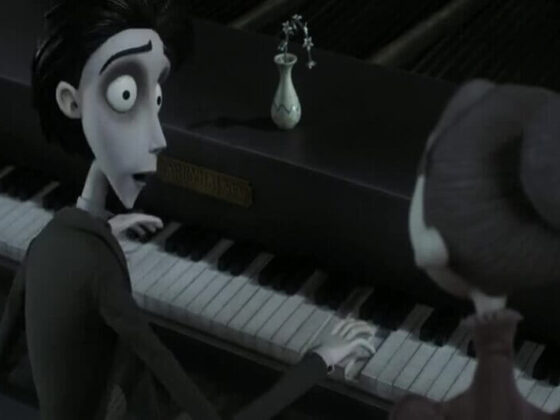While pianists with larger hands can play the largest chords with ease, it might be challenging for the pianists with small hands.
If you’re a small-handed piano player, the problem you’ll most likely have is that your hands won’t be able to stretch wide enough to reach larger chords. Plus, if you try to reach the chords that are too far for your hand, you’ll likely feel a strong tension in your hands, which is a big no-no.
But, does it mean that you can never play the pieces with large chords?
The answer is no because actually there are many different ways you can play those big chords without having to stretch your hand. Here is a list of solutions that many small-handed pianists follow to play large chords that hands can’t reach or chords that are too wide to be played with one hand.
Before we get started, you might also want to check out this book called Adaptive Strategies for Small-Handed Pianists, which I find to be an incredibly useful resource. I have also very small hands, and this book has given me amazing practical ideas for dealing with technical issues I encounter, so I highly recommend it.
Now, let’s go through our top tips!
And, if you’d like to get some inspiration, check out these 20 famous pianists with small hands that show hand size doesn’t matter.
Looking for a fun & easy way to learn the piano?
Skoove offers interactive piano lessons that work with all pianos and keyboards!
Try it now with a 7-day free trial
Arpeggiate The Chord
If you are a beginner, you might not know what arpeggiation is. Arpeggiation means breaking the notes of a chord to play all the notes one after another rather than playing them all at the same time. You may also come across this term as “rolling the notes”.
Here is an example of how a chord is arpeggiated:
Let’s assume that there is a passage where you have to play a chord larger than an octave with your left hand, but your fingers can’t reach it. What you may do is to arpeggiate the notes of that chord by quickly playing all the notes in the chord one after another. In other words, you can simply roll the chord.
While doing this, however, you should be careful about your timing. By the time you play the next beat, you should have already finished arpeggiating that previous chord and be ready to press the notes of the next beat in the measure.
While arpeggiating a chord, you might want to press the sustain pedal to make the arpeggiation sound smoother! The idea is that you should try to make the arpeggiation sound as soft and quick as possible to not break the unity of the chord and music.
Get Help From The Other Hand
Another very efficient solution might be to use your other hand to take some of the notes that the other hand can’t handle alone.
This solution would work if two hands need to play at a close distance to each other. Most of the time it will be your right hand that will be helping your left hand. The reason for this is that the large octaves and chords are almost always played by the left hand because they are mostly accompaniments and it is the role of the left hand to play those parts.
While this solution does not apply to every situation, you may still keep this in mind in case there is a chance to get help from the other hand.
Omit Some of the Notes
Without applying the first two solutions, you can just omit some notes from the chord if doing so doesn’t melodically and harmonically ruin the music.
If a chord has too many notes or it is too wide that it is impossible to stretch your hand enough, it is possible not to play the whole notes of the chord and still make it sound right.
You can play only the root note, or just try different combinations of a chord until you find the most comfortable position for your hand by taking out the least amount of notes.
Choose More Suitable Music
While this solution doesn’t exactly solve the small-hand problems, it is still worth considering. It saves you more time to play the songs that have a better match with your hand size rather than struggling with Rachmaninov or Lizst pieces if you have small hands.
Related: How To Pick The Best Songs To Practice: 6 TIPS
Most of the time the most suitable pieces for small hands will be the ones from the Baroque and Classical repertoire. However, if you do good research, you can definitely find some suitable pieces for your hands from the Romantic music repertoire as well.












